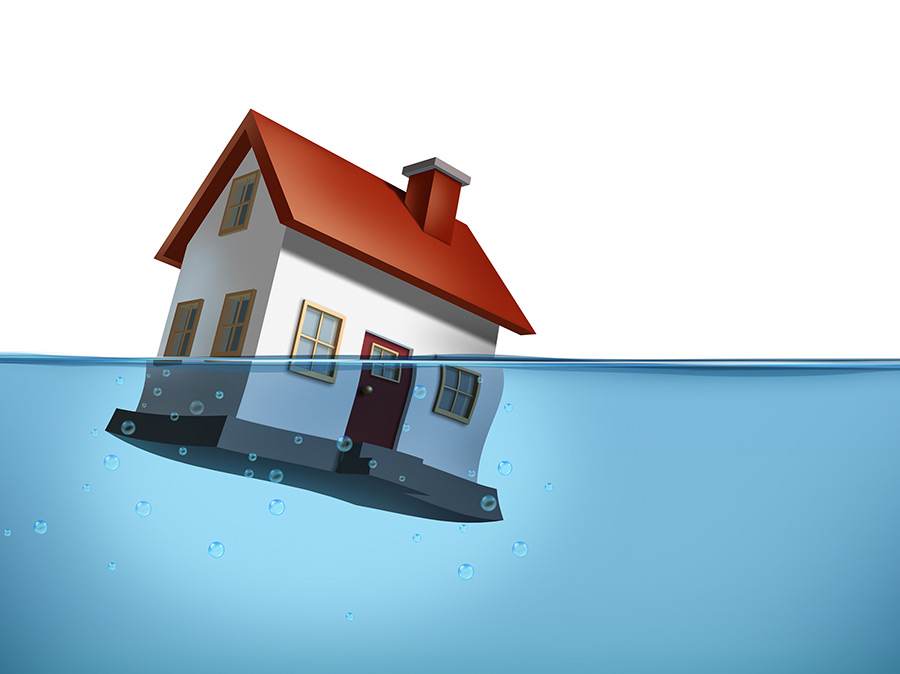Preventative Measures for the Six Most Common Causes of Water Leaks in Homes
Preventative Measures for the Six Most Common Causes of Water Leaks in Homes
Blog Article
Are you on the lookout for related information concerning How to detect water leaks in your home?

Leaks not just trigger waste of water but can also create unneeded damages to your house and promote unwanted natural development. Water leaks could go unnoticed because most of the pipework in our residence is concealed. By looking and recognizing for daily situations that trigger leaks, you can safeguard your home from future leakages as well as unnecessary damages. Today, we will look at 6 leakage triggers that may be creating your pipes to drip.
Instant temperature level modifications.
Extreme temperature level changes in our pipelines can cause them to broaden and also contract all of a sudden. This expansion as well as tightening may trigger splits in the pipes, particularly if the temperature level are below freezing.
Rusty water systems
This may be the cause of discoloration or warping on your water pipes. If our plumbing system is old, think about changing the pipelines given that they are at a greater threat of deterioration than the more recent versions.
Malfunctioning Pipeline Joints
Pipe joints can weaken over time, resulting in water leaks. If you have noisy pipelines that make ticking or banging noises, especially when the hot water is transformed on, your pipeline joints are most likely under a whole lot of pressure.
Encroaching roots
Most water leakages begin outside your house instead of inside it. If you discover an unexpected reduction in water pressure, say in your tap, take time to go out and also analyze your backyard. You may discover wet spots or sinkholes in your lawn, and that could suggest that tree roots are invading water lines creating water to leak out. You can have your plumber check for breach, specifically if you have trees or bushes near your property.
Poor Water Connectors
At times, a leakage can be caused by loosened hose pipes and also pipelines that supply your home appliances. Generally, moving is what causes the loosened water Connections. You could find when it comes to a washing equipment, a hose might spring a leakage because of shaking during the spin cycle. In case of a water links leak, you might see water running straight from the supply line or pools around your home appliances.
Blocked Drains
Blocked drains pipes may be aggravating as well as inconveniencing, but they can occasionally end up creating an overflow resulting in break pipelines. Maintain eliminating any type of products that might go down your drains that can block them to avoid such inconveniences.
All the above are sources of leakages but not all water leakages result from plumbing leakages; some leaks might come from roofing leakages. All leaks must be fixed right away to prevent water damages.
Leakages not only trigger waste of water yet can also trigger unneeded damages to your house and also promote unwanted organic development. By looking as well as understanding for daily scenarios that cause leaks, you can secure your residence from future leaks as well as unnecessary damage. Today, we will look at 6 leakage creates that might be creating your pipes to trickle.
At times, a leakage can be triggered by loosened pipes and also pipes that supply your devices. In instance of a water links leakage, you may observe water running directly from the supply line or puddles around your home appliances.
How To Check For Water Leak In Your Home
How To Check for Leaks
The average household's leaks can account for nearly 10,000 gallons of water wasted every year and ten percent of homes have leaks that waste 90 gallons or more per day. Common types of leaks found in the home are worn toilet flappers, dripping faucets, and other leaking valves. These types of leaks are often easy to fix, requiring only a few tools and hardware that can pay for themselves in water savings. Fixing easily corrected household water leaks can save homeowners about 10 percent on their water bills.
To check for leaks in your home, you first need to determine whether you're wasting water and then identify the source of the leak. Here are some tips for finding leaks:
Take a look at your water usage during a colder month, such as January or February. If a family of four exceeds 12,000 gallons per month, there are serious leaks.
Check your water meter before and after a two-hour period when no water is being used. If the meter changes at all, you probably have a leak.
Identify toilet leaks by placing a drop of food coloring in the toilet tank. If any color shows up in the bowl after 10 minutes, you have a leak. (Be sure to flush immediately after the experiment to avoid staining the tank.)
Examine faucet gaskets and pipe fittings for any water on the outside of the pipe to check for surface leaks.
Undetected water leaks can happen without the home or business owner even realizing. If you suspect a water leak, but not able to find the source. It is time to contact a professional water leak detection service, The Leak Doctor.
How To Find a Water Leak In Your Home
https://www.leakdoctor.com/blog/How-To-Check-For-Water-Leak-In-Your-Home_AE197.html

Hopefully you liked our excerpt about How to detect water leaks in your home. Thank you for spending some time to browse our piece. Be sure to take a moment to promote this blog post if you appreciated it. We take joy in reading our article about How to detect water leaks in your home.
Get An Estimate Report this page